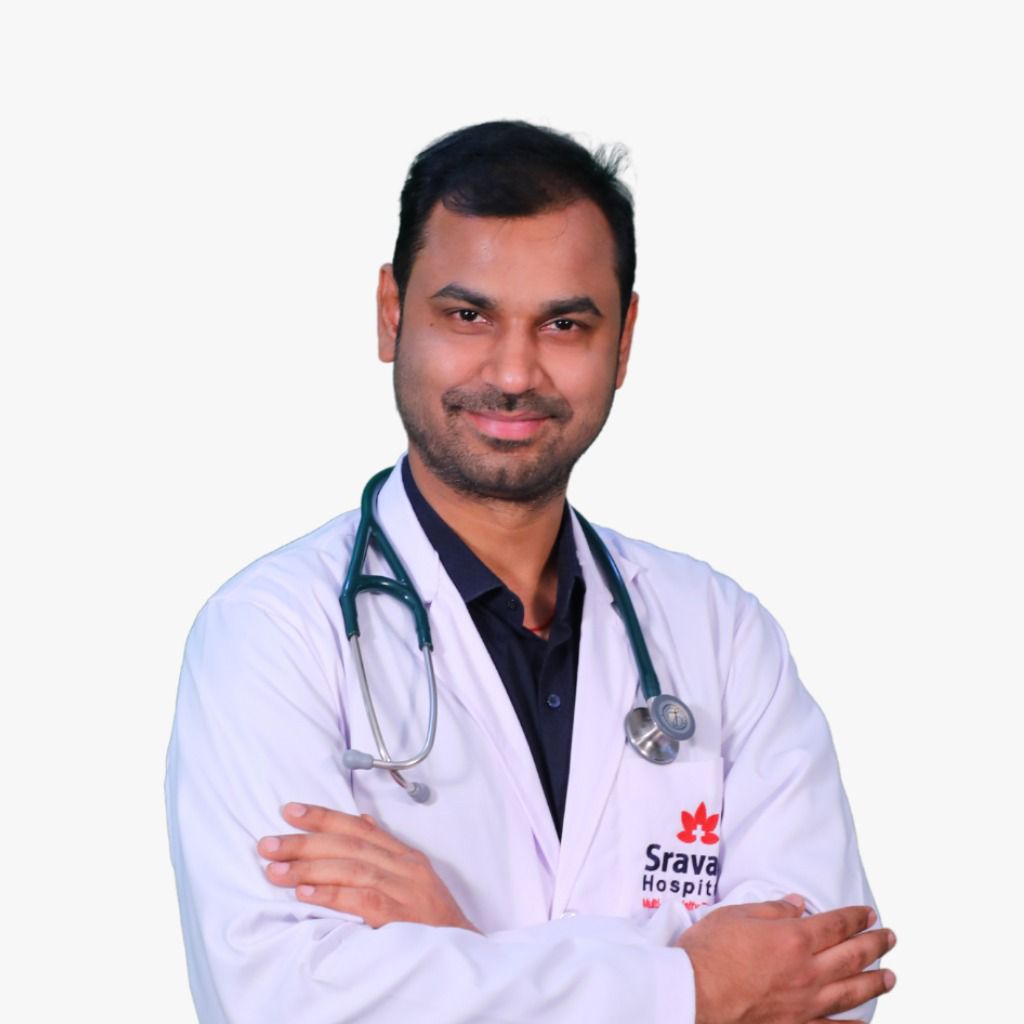- 60.3k views
Overview of Gallbladder Stones
Gallbladder stones, or gallstones, are crystalline concretions formed within the gallbladder by accretion of bile components. These stones can vary in size from as small as a grain of sand to as large as a golf ball and are primarily composed of cholesterol, bilirubin, or a mix of both. The exact cause of gallstone formation is not fully understood, but risk factors include obesity, rapid weight loss, a diet high in fat and cholesterol, diabetes, and certain genetic predispositions. Gallstones can remain asymptomatic, but when they obstruct the bile ducts, they can cause severe pain known as biliary colic, typically felt in the upper right abdomen. Complications from gallstones include cholecystitis (inflammation of the gallbladder), pancreatitis (inflammation of the pancreas), and cholangitis (infection of the bile ducts). Diagnosis is commonly achieved through ultrasound imaging, which can reveal the presence of stones, and other imaging techniques like CT scans or MRIs. Treatment options vary depending on the severity and symptoms; they range from conservative management with dietary changes and medications to surgical interventions, the most common being cholecystectomy, the surgical removal of the gallbladder. Non-surgical treatments like lithotripsy or bile acid pills to dissolve stones are less commonly used. Preventive measures include maintaining a healthy weight, a balanced diet, and regular physical activity. Gallstones are a prevalent condition, especially among women and older adults, often necessitating medical attention to manage symptoms and prevent complications.
About the Speaker

Dr. Prasad Neelam
Managing Director, Surgical Gastroenterology, Sravani Hospitals, Hyderabad
Dr. Prasad Neelam is a distinguished Surgical Gastroenterologist and Hepato-Pancreatico-Biliary Surgeon, currently serving as the Managing Director at Sravani Hospitals in Hyderabad. With an extensive medical background that includes an MBBS from NTR University of Health Sciences and an MS in General Surgery from Andhra Medical College, Dr. Neelam further specialized with an M.Ch in Surgical Gastroenterology from Osmania Medical College. His professional journey encompasses over a decade of dedicated service, including significant tenures at Osmania Medical College and Prathima Hospitals, where he honed his skills in advanced gastrointestinal surgery, minimally invasive surgical oncology, and liver transplantation. Renowned for his expertise in both living and deceased donor liver transplants, Dr. Neelam combines clinical research prowess with a commitment to innovative surgical practices, making him a pivotal figure in his field. His contributions to multi-specialty excellence at Sravani Hospitals underscore his dedication to enhancing patient care and surgical outcomes.
Upcoming Case Discussions
Impact of Endometriosis on Fertility
Endometriosis, a condition where endometrial-like tissue grows outside the uterus, can significantly impact fertility. It causes inflammation, scarring, and adhesions that may distort pelvic anatomy, block fallopian tubes, and impair ovarian function. Endometriosis is also linked to hormonal imbalances and poor egg quality, reducing the chances of conception. Symptoms like chronic pelvic pain and painful intercourse further complicate fertility. Diagnosis often requires laparoscopy, while management includes pain relief, hormonal therapy, and assisted reproductive techniques like IVF. Early intervention with medical or surgical treatment can improve reproductive outcomes, but severe cases may necessitate advanced fertility treatments for conception.
Hyperlipidemia: From Diagnosis to Treatment
Hyperlipidemia is a condition characterized by elevated levels of lipids, such as cholesterol and triglycerides, in the blood, which can increase the risk of cardiovascular diseases. Diagnosis typically involves blood tests measuring lipid profiles, while treatment focuses on lifestyle changes, such as diet and exercise, alongside medications like statins to manage cholesterol levels and reduce cardiovascular risk. Regular monitoring is essential for effective management and prevention of complications.
Acne: Disorders and Treatment Approaches
Acne is a common dermatological condition caused by clogged pores, excess sebum production, bacterial growth, and inflammation. It can manifest as blackheads, whiteheads, papules, pustules, or cysts, often leading to scarring if untreated. Various factors, including hormonal changes, diet, stress, and genetics, influence its severity. Treatment approaches range from topical and oral medications, such as retinoids, antibiotics, and hormonal therapy, to advanced procedures like chemical peels and laser therapy. A personalized skincare regimen, along with lifestyle modifications, plays a crucial role in managing and preventing acne.
Lung Ultrasound in Acute Respiratory Failure
Lung ultrasound has emerged as a vital, non-invasive tool in the rapid assessment of acute respiratory failure. It provides real-time imaging to differentiate conditions like pneumonia, pulmonary edema, pneumothorax, and pleural effusion with high accuracy. Compared to traditional chest X-rays, lung ultrasound offers superior sensitivity, especially in critically ill patients where bedside evaluation is crucial. Its ability to guide immediate clinical decisions improves patient outcomes and reduces unnecessary radiation exposure. With standardized protocols like the BLUE (Bedside Lung Ultrasound in Emergency) protocol, it enhances diagnostic efficiency in emergency and ICU settings.
Gallstone Disease & Cholecystitis: When to Operate?
iGallstone disease and cholecystitis are common conditions requiring careful evaluation to determine the need for surgery. Symptomatic gallstones causing recurrent pain, nausea, or complications like cholecystitis often necessitate cholecystectomy. Acute cholecystitis, characterized by inflammation, fever, and right upper quadrant pain, typically requires early surgical intervention to prevent complications like perforation or sepsis. In high-risk patients, conservative management with antibiotics and drainage may be considered. Elective surgery is recommended for asymptomatic patients with high-risk factors, such as large gallstones or gallbladder polyps, to prevent future complications.






